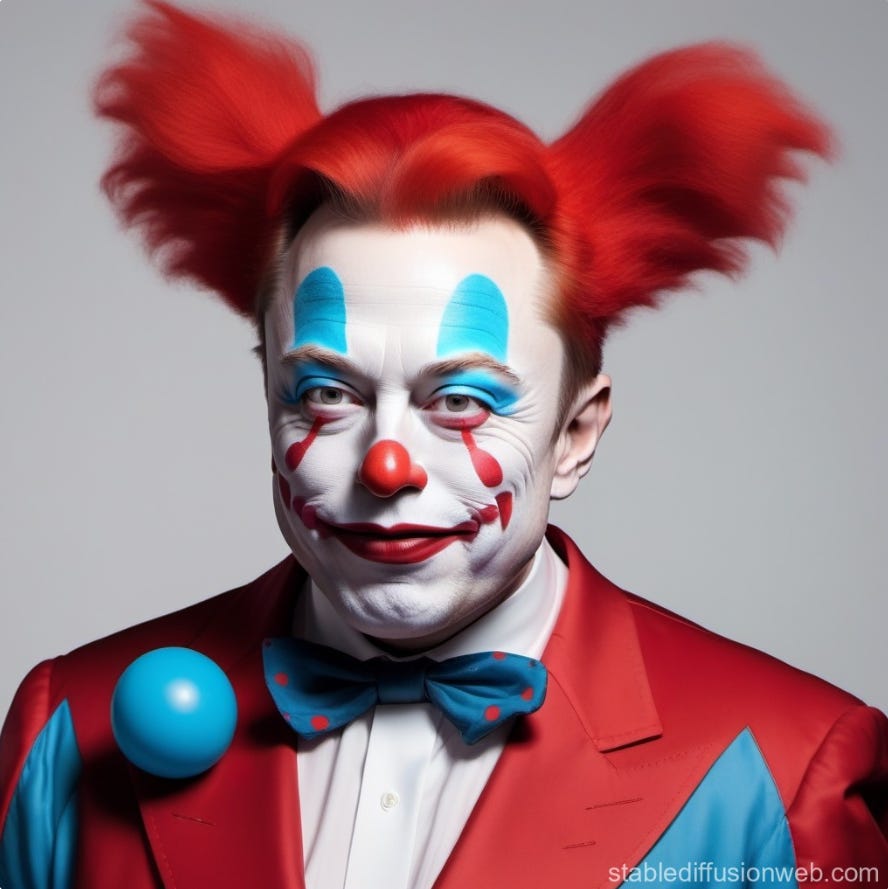Tesla's Hardware 3 Problem is Deadly
Using generous assumptions, Tesla could owe around $42 billion while it only has $37 billion in cash on hand.
Tesla is being sued on 3 continents for its faulty “Full Self-Driving” (FSD) product.
Both Chinese and Australian owners of Teslas with HW3 are suing the company because their cars can’t download the latest version of FSD.
US owners are more deferential to Musk, but will sue for more if the details from Australia and China are ratified in court.
Figure …



